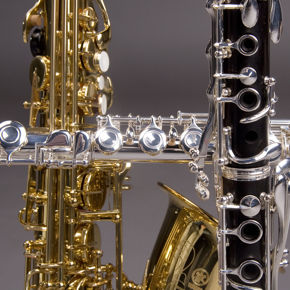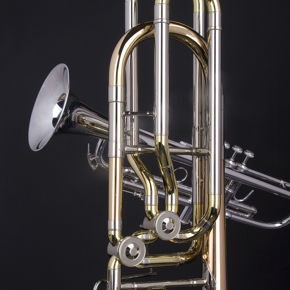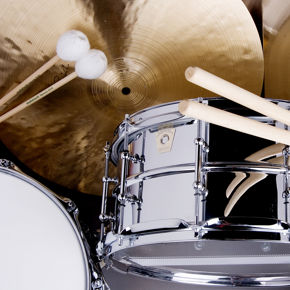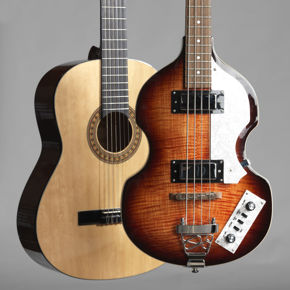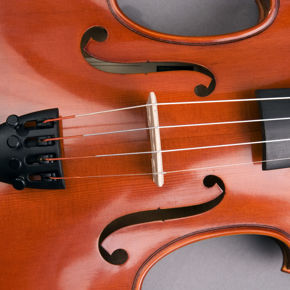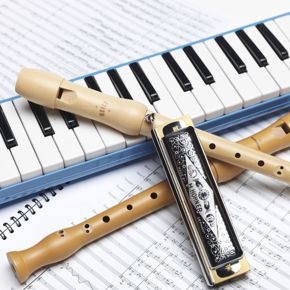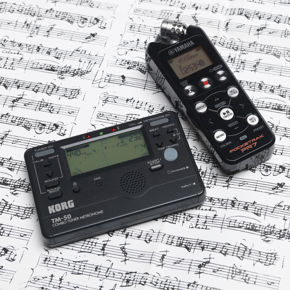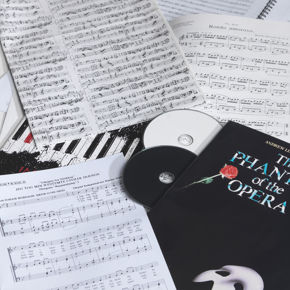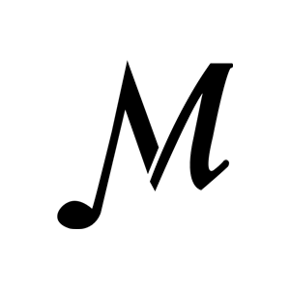Angels in the Architecture
Frank Ticheli
At-A-Glance
Composed: 1958
About this Piece
Born in Louisiana, Frank Ticheli is a graduate of Southern Methodist University in Texas and the University of Michigan, studying with composers such as Donald Erb, William Albright, and William Bolcom. In 1991 he moved to Los Angeles to teach at the USC Thornton School of Music as Professor of Composition; that year he also became composer-in-residence with Pacific Symphony, for which he wrote numerous works.
Angels in the Architecture was commissioned by Kingsway International, and received its premiere performance at the Sydney Opera House on July 6, 2008, by a massed band of young musicians from Australia and the United States, conducted by Matthew George. The work unfolds as a dramatic conflict between the two extremes of human existence one divine, the other evil.
The works title is inspired by the Sydney Opera House itself, with its halo-shaped acoustical ornaments hanging directly above the performance stage.
Angels in the Architecture begins with a single voice singing a 19th-century Shaker song:
I am an angel of Light
I have soared from above
I am clothd with Mothers love. I have come, I have come,
To protect my chosen band
And lead them to the promised land.
This angel represented by the singer
frames the work, surrounding it with a protective wall of light and establishing the divine. Other representations of light
played by instruments rather than sung include a traditional Hebrew song of peace (Hevenu Shalom Aleicham) and the well- known 16th-century Genevan Psalter tune Old Hundredth. These three borrowed songs, despite their varied religious origins, are meant to transcend any one religion, representing the more universal human ideals of peace, hope, and love. An original chorale, appearing twice in the work, represents my own personal expression of these aspirations.
In opposition, turbulent, fast-paced music appears as a symbol of darkness, death, and spiritual doubt. Twice during the musical drama, these shadows sneak in almost unnoticeably, slowly obscur- ing, and eventually obliterating the light altogether. The darkness prevails for long stretches of time, but the light always returns, inextinguishable, more powerful than before. The alternation of these opposing forces creates, in effect, a kind of five-part rondo form (lightdarknesslightdarknesslight).
Just as Charles Ives did more than cen- tury ago, Angels in the Architecture poses the unanswered question of existence. It ends as it began: the angel reappears singing the same comforting words. But deep below, a final shadow reappears distantly, ominously. Frank Ticheli

